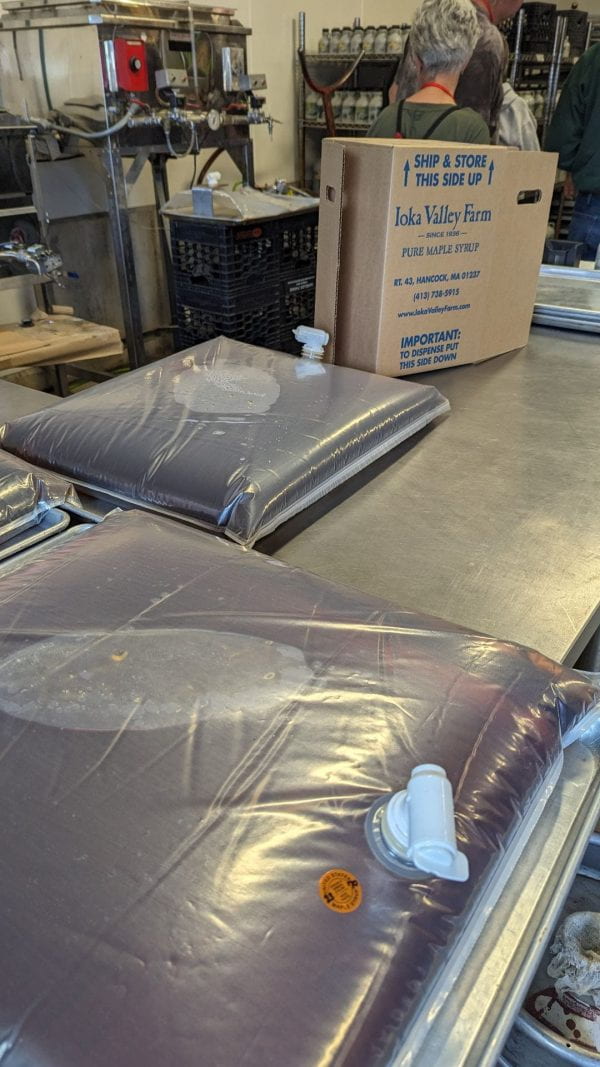Our sap season at the OSU-Mansfield sugarbush is well underway after tapping trees beginning January 29 and officially collecting sap by February 1. While I still have time to change my mind, my current belief is that we nailed the “When should we tap” question with the right answer this year. Our first run was a solid week long with solid nightly resets below freezing as this forecast basically fulfilled itself just like the weather prognosticators predicted. Though overall sap volume was not as productive as it could have been, sap Brix started off at 2.1 and stayed ready right around 2.0. By the end of the first run and through roughly Valentine’s Day, the woods got downright crunchy and dry highlighted by a few days that pushed temperatures almost up to 60 F. During a second run of several days, flows remained average at best but Brix still hovered at a good sap: syrup making ratio.
As far as growing degree days go, we are almost exactly halfway to seeing silver maples break bud, and the rest of February and first couple days of March as currently forecast will likely push us right up to that threshold. If I had to guess, we will be shutting off a couple main lines that are heavy “Rilver” (red x silver hybrids) in the March 1-5th range and hoping for another week or two production out of our sugar maples.
While there are a few nights with temperatures forecast for the low-mid 20s, it appears the OSU-Mansfield sugarbush will spend more nights above freezing as February drags into March.
Checking forecasts further north in towns like Chardon, Middlefield, and Geneva, all the way north to Ashtabula on the lakeshore, most nighttime temps are currently sitting on the wrong side of 32 Fahrenheit and the next 2 weeks offer only a few opportunities at hard overnight resets to stimulate good sap flows. What March holds in store, I certainly don’t know. And if another great sugaring weather pattern emerges, will our taps still be putting out lots of high quality sap if and when that occurs? What I do know is this – Mother Nature has always and will continue to be the one holding the cards. Even if my hindsight is happy with our initial tapping dates and I don’t eventually wish for a do-over, that is still no guarantee of a banner season.
As this year’s season ticks along, we’re excited to have an Ohio maple producer in Geauga County hosting a tree monitoring system for Cornell’s Maple Climate Network database. You can track various metrics, such as Total Sap Production, Atmospheric Pressure, Tree Pressure, Rainfall, and Soil Moisture on this Dashboard. Just look for the legend indicator so you can focus on some Ohio data and watch the season unfold from a single sugar maple tree’s perspective. A great project with lots of potential, we’re glad Ohio can be a small part of the effort.














































